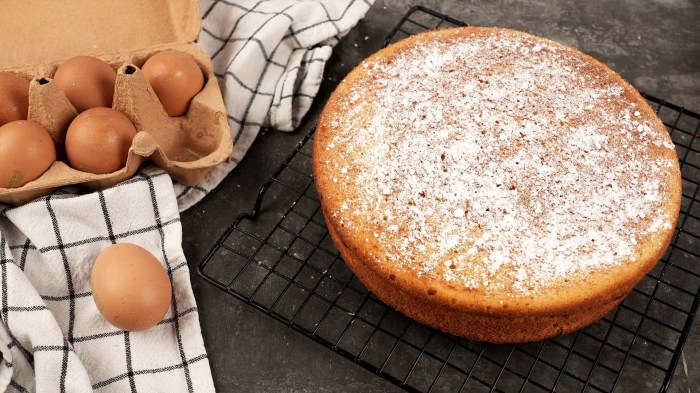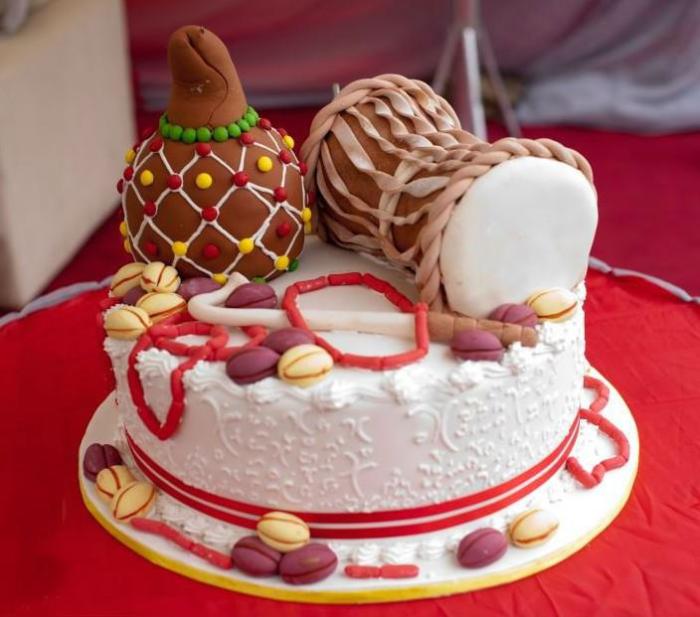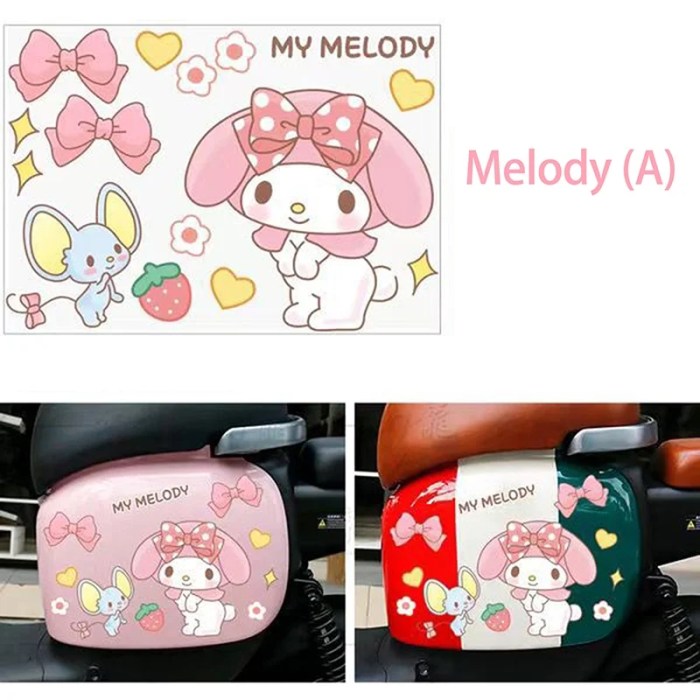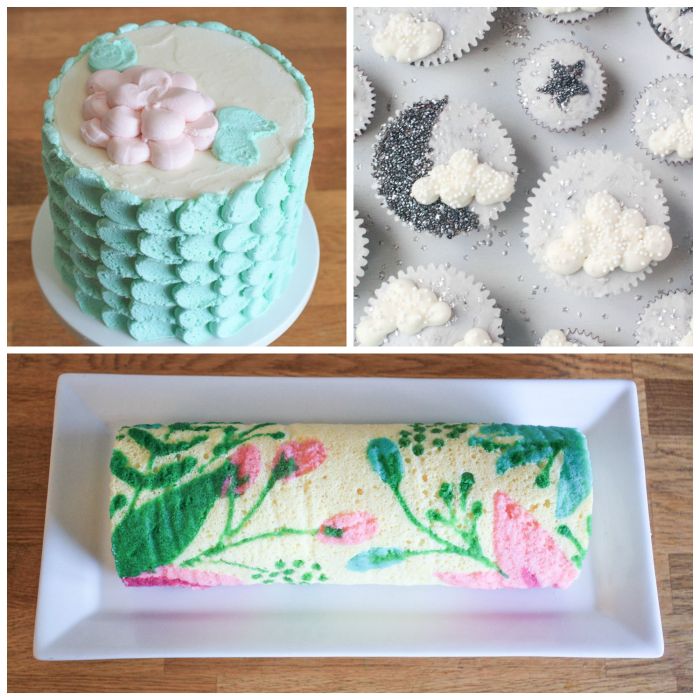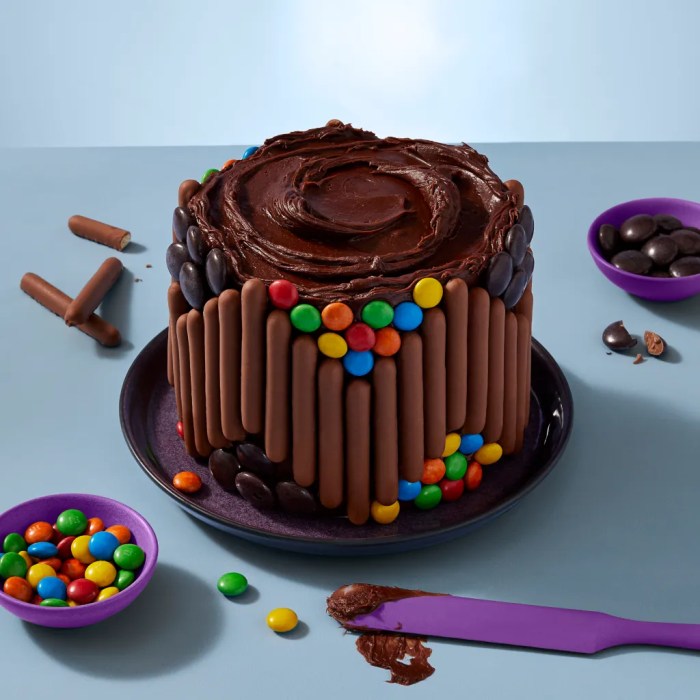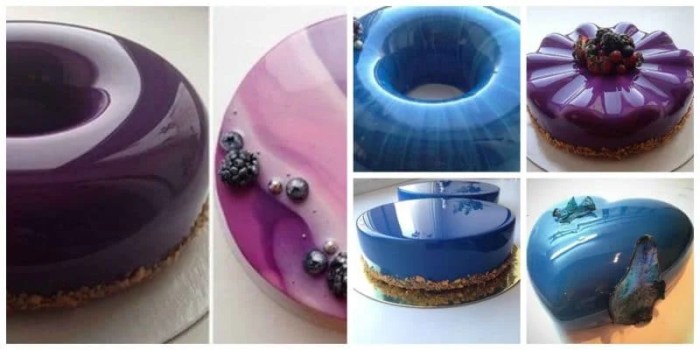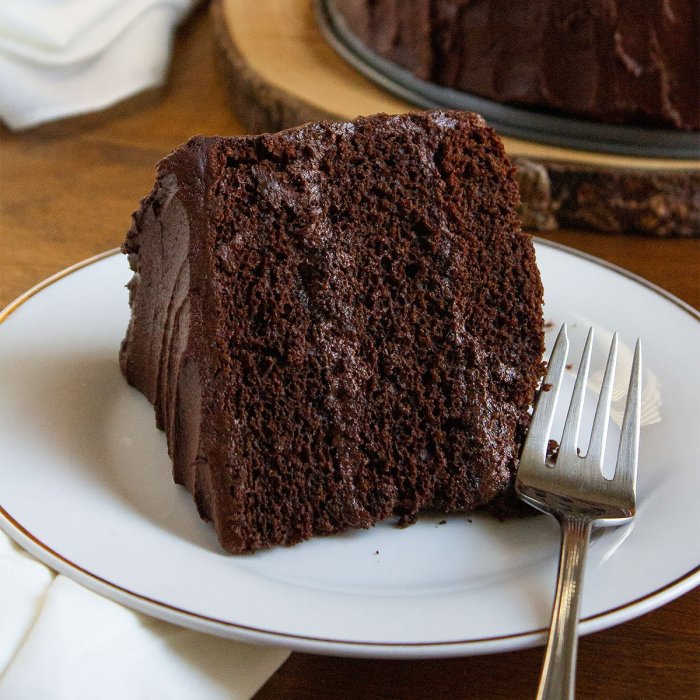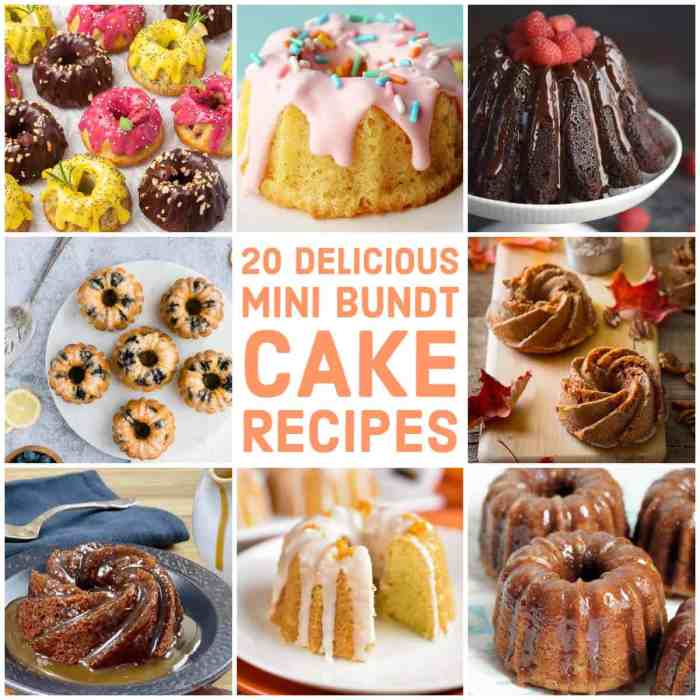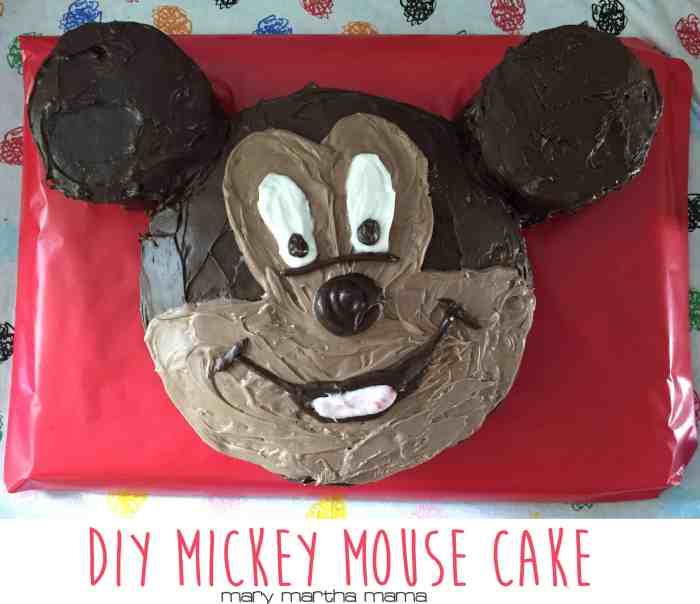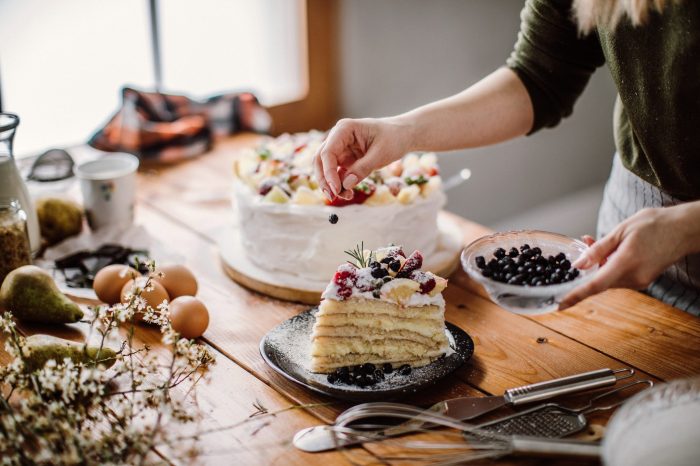How to Decorate Homemade Cake at Home: A Beginners Guide
How to decorate homemade cake at home? It’s an art that takes practice, patience, and a dash of creativity. Whether you’re a seasoned baker or a complete novice, decorating your own cakes can be a rewarding experience. From basic frosting techniques to intricate piping designs, there’s a world of possibilities waiting to be explored.
This comprehensive guide will walk you through everything you need to know, from essential tools and supplies to mastering various decorating techniques. We’ll explore different frosting types, piping tips, and decorative elements, and provide inspiration for creating stunning cakes for any occasion.
Piping and Icing: How To Decorate Homemade Cake At Home
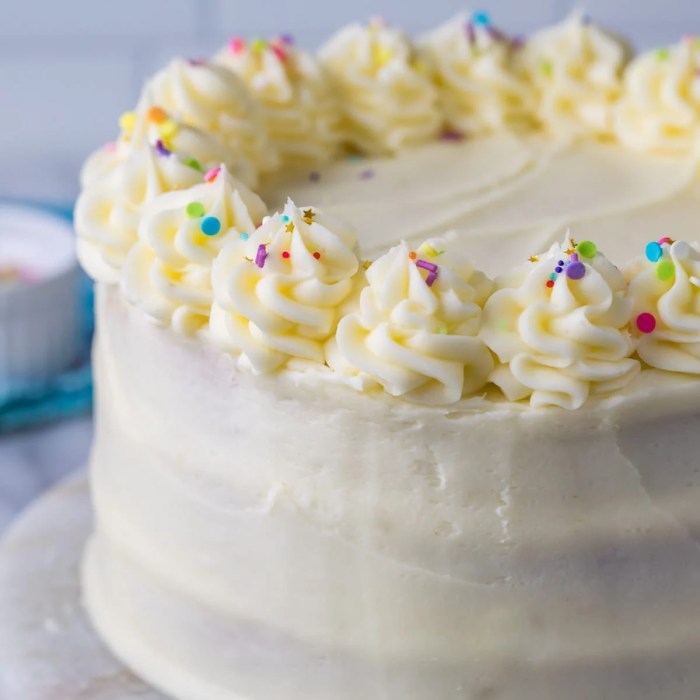
Piping and icing are essential techniques for decorating cakes. Piping allows you to create intricate designs and add texture to your cakes, while icing provides a smooth and even finish. With a little practice, you can master these techniques and create beautiful and delicious cakes.
Piping Tips and Their Uses
Piping tips are specialized nozzles that attach to a piping bag and allow you to create different shapes and designs. There are many different types of piping tips available, each with its unique purpose.
- Round Tips: Round tips are the most versatile and commonly used piping tips. They come in various sizes, from small to large, and are ideal for creating dots, swirls, and stars.
- Star Tips: Star tips have a star-shaped opening, which creates a beautiful star-shaped design. They are perfect for creating borders, flowers, and rosettes.
- Leaf Tips: Leaf tips are designed to create realistic-looking leaves. They come in different sizes and shapes, allowing you to create different leaf designs.
- Writing Tips: Writing tips are narrow and pointed, making them perfect for writing messages or creating fine details.
- Decorating Tips: Decorating tips come in various shapes and sizes, allowing you to create unique and intricate designs. These tips are perfect for adding a personal touch to your cakes.
Piping Techniques
Here is a table showcasing different piping techniques and their corresponding designs:
| Piping Technique | Design |
|---|---|
| Swirl | A circular, spiral pattern |
| Shell | A curved, scalloped pattern |
| Rose | A layered, flower-like design |
| Basket Weave | A criss-cross pattern resembling a woven basket |
| Dots | Small, round shapes |
Visual Guide to Piping Techniques
Here is a visual guide with examples of piping techniques for borders, flowers, and other decorations: Borders:* Round Tip:You can use a round tip to create a simple, smooth border around the edge of your cake.
Star Tip
A star tip can be used to create a more decorative border with a star-shaped pattern.
Leaf Tip
A leaf tip can be used to create a border with a leafy design. Flowers:* Star Tip:A star tip can be used to create a simple rose or daisy.
Leaf Tip
A leaf tip can be used to create realistic-looking leaves for your flowers.
Decorating Tips
Many decorating tips are designed specifically for creating flowers. Other Decorations:* Round Tip:You can use a round tip to create dots, swirls, and other decorative elements.
Writing Tip
A writing tip can be used to create messages, initials, or other fine details.
Decorating Tips
Decorating tips can be used to create a wide variety of designs, such as ribbons, bows, and other embellishments.
Safety and Hygiene in Cake Decorating

Decorating cakes is a delightful way to express creativity and impress your guests. However, it is essential to prioritize food safety and hygiene to ensure that your creations are not only visually appealing but also safe to consume. By following a few simple guidelines, you can create delicious and hygienic cakes that everyone can enjoy.
Food Handling and Preparation
Food safety is paramount when handling ingredients for cake decorating. The following guidelines will help you prevent cross-contamination and ensure your cake is safe to eat.
- Wash your hands thoroughly with soap and water before handling any ingredients or equipment.
- Use separate cutting boards and utensils for raw and cooked foods.
- Store ingredients properly to prevent spoilage and maintain their quality. Refrigerate perishable items, such as whipped cream, frosting, and fresh fruits, at appropriate temperatures.
- Avoid using ingredients that have been left out at room temperature for an extended period, as they can become breeding grounds for bacteria.
- Keep raw meats and poultry separate from other ingredients to prevent cross-contamination.
Cleaning and Sanitizing Equipment
Maintaining a clean and sanitized workspace is crucial for preventing the spread of bacteria and ensuring food safety.
- Clean all surfaces, equipment, and utensils thoroughly with hot, soapy water after each use.
- Sanitize surfaces and equipment with a food-grade sanitizer, following the manufacturer’s instructions.
- Rinse all surfaces and equipment thoroughly with clean water after sanitizing to remove any residual sanitizer.
- Wash and dry your hands thoroughly after handling any raw ingredients or equipment.
Storing and Preserving Decorated Cakes, How to decorate homemade cake at home
Proper storage and preservation techniques are essential for maintaining the freshness and quality of your decorated cakes.
- Store decorated cakes in airtight containers or wrap them tightly with plastic wrap to prevent drying out and maintain their freshness.
- Refrigerate cakes that contain perishable ingredients, such as whipped cream, frosting, or fresh fruits, to prevent spoilage and maintain their quality.
- Avoid storing cakes near strong-smelling foods or items that could impart unwanted flavors.
- For longer storage, consider freezing decorated cakes. Wrap them tightly in plastic wrap and then in aluminum foil to prevent freezer burn. Thaw frozen cakes in the refrigerator overnight before serving.
Maintaining Food Safety During Cake Decorating
- Avoid touching your face, hair, or clothing while handling food or equipment.
- Cover coughs and sneezes with a tissue or your elbow to prevent spreading germs.
- Use clean and sanitized tools and equipment to avoid cross-contamination.
- Wash your hands thoroughly after handling raw ingredients or equipment.
- Keep pets away from the food preparation area.
Final Wrap-Up
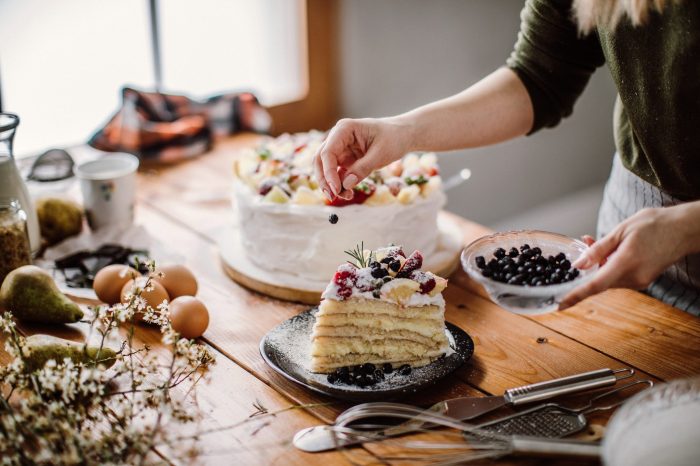
With a little practice and a sprinkle of imagination, you’ll be transforming your homemade cakes into edible masterpieces. Remember, cake decorating is a journey of exploration, so don’t be afraid to experiment and have fun. So grab your tools, gather your ingredients, and let’s embark on a sweet adventure together.
Detailed FAQs
What are some essential tools for cake decorating?
Essential tools include a turntable, offset spatula, piping bags, piping tips, and a variety of decorating tools like a scraper, a cake leveler, and a cake board.
How do I achieve smooth and even frosting?
To achieve smooth frosting, use a crumb coat, chill the cake, and use a bench scraper or offset spatula to smooth out the frosting.
What are some easy cake decorating ideas for beginners?
Simple ideas include using sprinkles, drizzling melted chocolate, or creating swirls with frosting.

